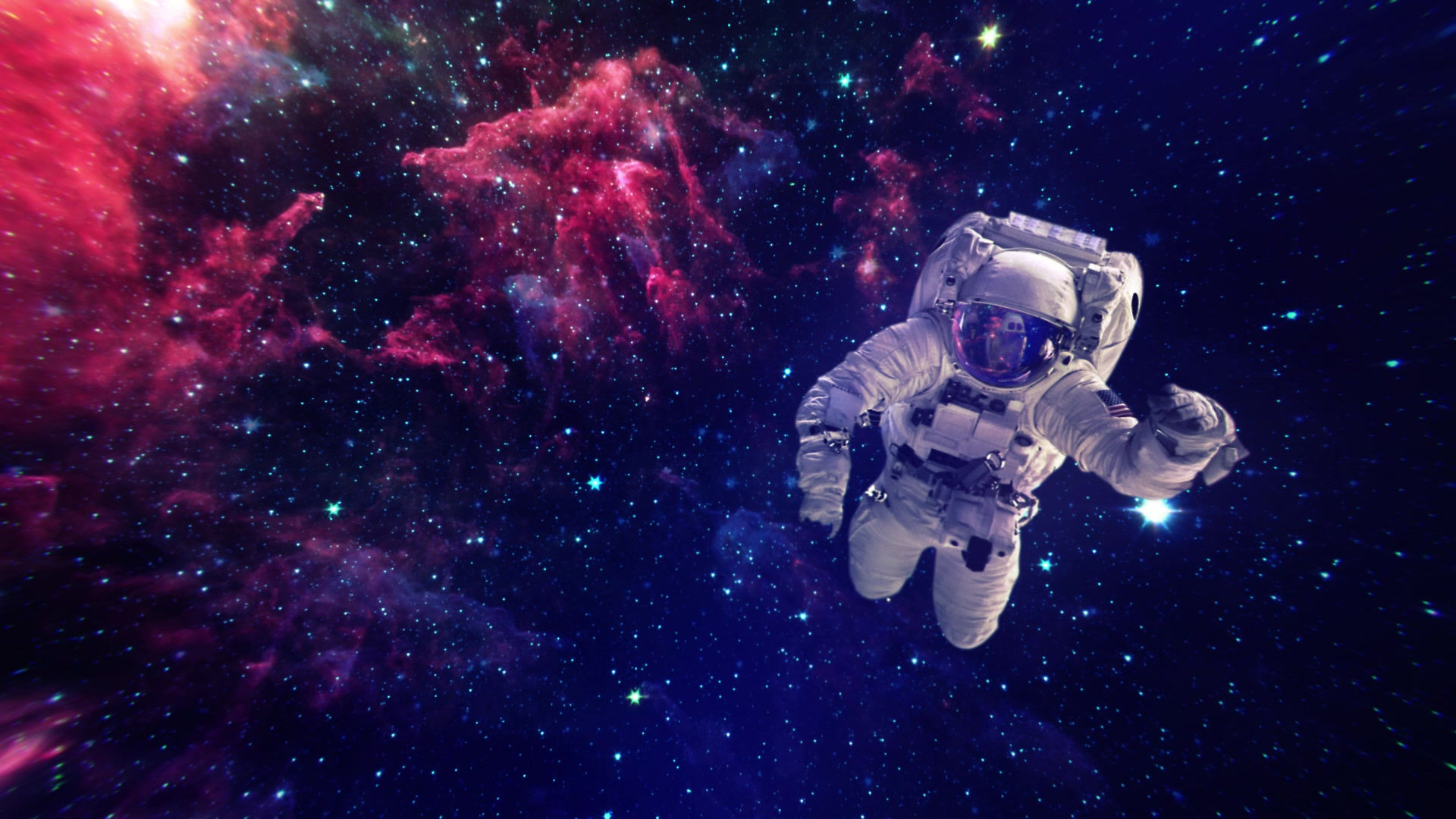
The Product
The final concept of the Spaceponics system consists of a robotically maintained fogponic system. The system is to be housed in a climate controlled (i.e. atmospheric and temperature controlled) module to be integrated integrated into the Martian transfer vehicle. The module will protect the crops inside from harm due to the radiation present beyond Earth’s magnetosphere. Inside the growth chamber, the plants will be grown along the cylindrical wall of the module.
The roots will be faced towards the wall where they will be exposed to the fogponic system to receive water and nutrients. Similarly, the greens of the plants will be faced towards the center of the module where a series of grow lights will be placed. In addition to the lights, a robotical maintenance system known as TendBot will be located along the centerline of the module. It will have the freedom to move up and down the chamber via a rail and will have the ability to reach any plant by rotating around the center axis of the module. TendBot will tend to crops being grown, where it will be responsible for the planting, thinning, and removal of dead or unwanted plants. Once mature, the ripe food will be harvested by the crew for use in crew meals. Inspection and cleaning of the food will occur to ensure that the crew is not exposed to any food-borne pathogens and all crew intakes will be logged to ensure the crew is receiving the best diet possible.
Inedible biomass along with solid waste from the crew will be recycled via a composter to regain the maximum number of nutrients to be recycled into plant growth. This is the same for the water produced by the plants and crew. In addition, the oxygen produced by the plants will be recycled for crew use while the carbon dioxide produced by the crew will be recycled for plant use.
The system will be launched early to provide time for plants to grow and be ready for harvest upon the arrival of the grew. It is envisioned that at any given time, there will be plants in each stage of growth to ensure a continuous supply of food for the crew. In addition, nutrition supplements will be sent with the crew to ensure that they meet the required daily intake of all 26 essential nutrients and minerals. There will be an emergency supply of food to support crew life in the event that the system architecture has a complete failure.
In order to determine what food provided the most nutrients, food properties were downloaded from the USDA Nutrient Database. Only foods that were viable to grow in space were considered, including fruit, legumes, nuts, seeds, and vegetables. A code sorted through all food identification numbers for the top 200 foods in each nutrient category to determine which appeared the most; the numbers that appeared the most had the greatest variety of nutrients and would provide a range of nourishment. Once these were identified, team members manually sorted through foods to ensure they were viable. Once completed, the final nutritional data was recorded for the final foods. In order to provide astronauts with a diverse selection, over 30 foods were selected as nutritional and viable options to grow in space. The final document containing product names and full nutritional data is below, titled "Nutritional Data"




“Everything is design. Everything!” -Paul Rand
